My Top 10 Essential Insights from The SaaS Playbook: A Review of Rob Walling's Latest Book
In this review of 'The SaaS Playbook' by Rob Walling, I share my top 10 essential insights that have transformed my approach to SaaS. From pricing strategies to customer engagement, this book is a must-read for bootstrapers.

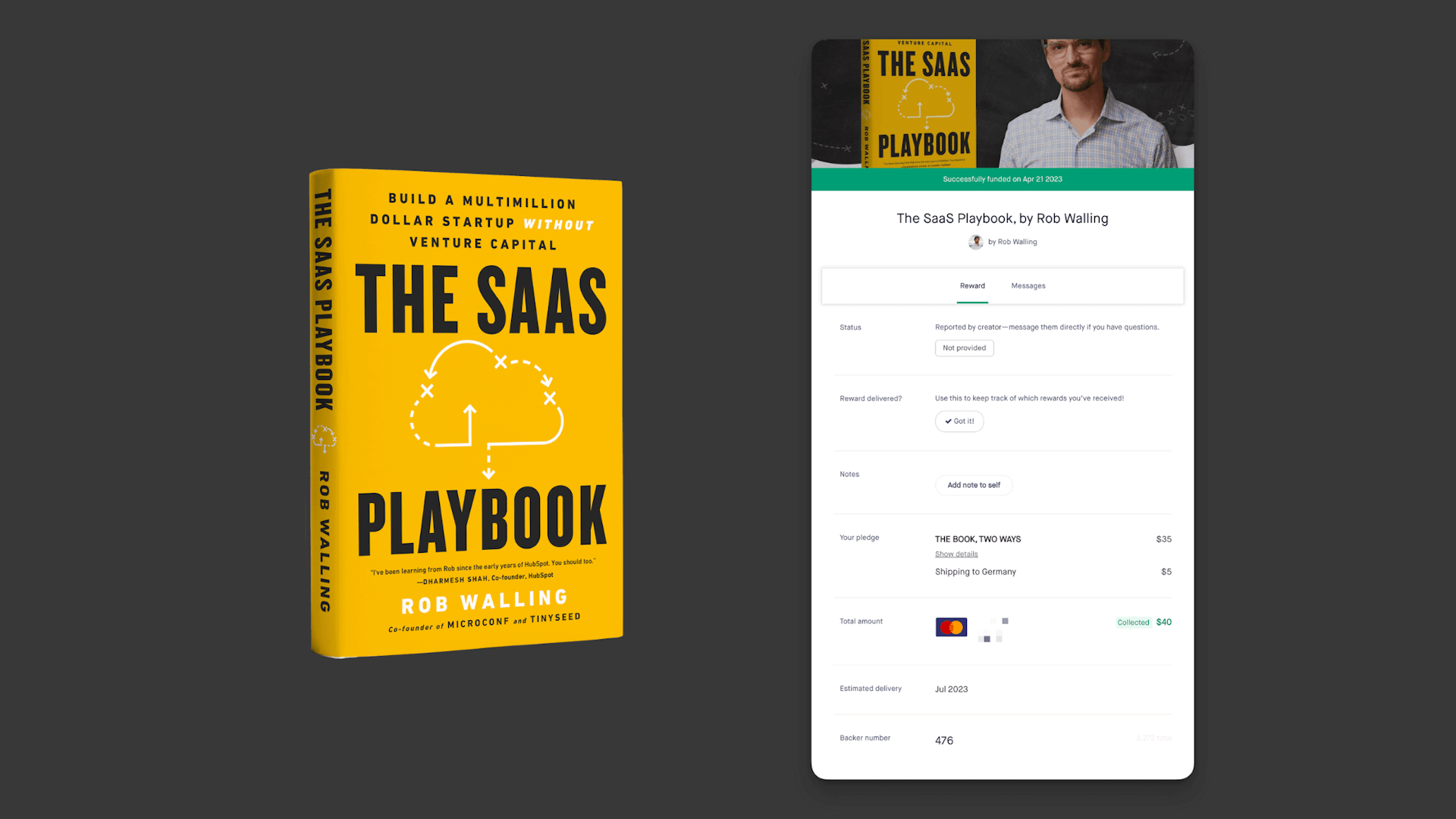
When Rob Walling launched the Kickstarter campaign for "The SaaS Playbook," I was immediately excited to be the 476th backer 🥳.
As a follower of his podcast, "Startups for the Rest of Us," I've consistently valued Rob's practical wisdom and hands-on advice. This book, filled with actionable insights, seemed like a valuable addition to any entrepreneur's library, much like Pieter Levels' work in "Makebook."
Do you find yourself asking questions like:
- How can I differentiate myself in a crowded market?
- When is the right moment to raise prices?
- What are the hidden SaaS cheat codes?
- How do I recruit an exceptional team?
If these questions sound familiar, then you're on the right track. Below, I'll share my top 10 insights from "The SaaS Playbook" that have influenced my approach and might inspire yours as well.
Join me as we delve into insights that can transform your SaaS strategy and take your business to new levels!
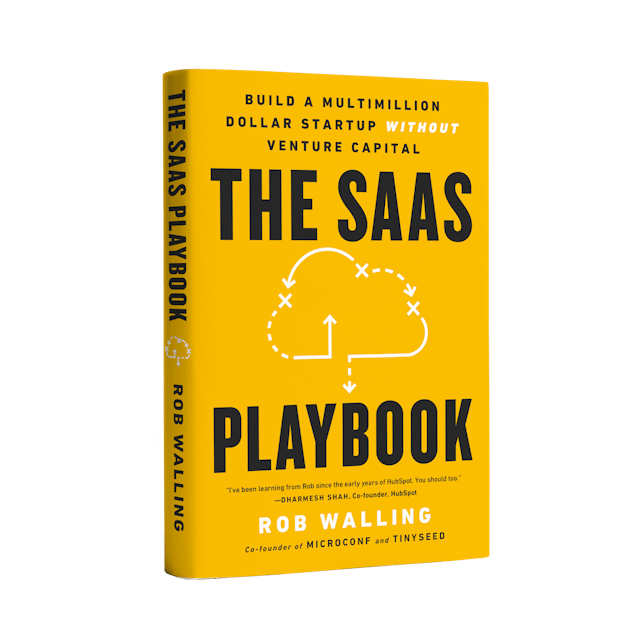
The SaaS Playbook: Build a Multimillion-Dollar Startup Without Venture Capital
Product information
$9.99
Reviews
4.6 out of 5 stars
1. Don't build two sided marketplaces
Building a two-sided marketplace, such as platforms connecting buyers and sellers, presents a unique challenge for bootstrapped startup founders. It requires attracting both supply and demand at the same time. It's like running two startups at once. Rob's advice for those attempting this intricate balancing act is to approach it with caution or even to avoid it altogether, recognizing the complexities and potential pitfalls.
2. The magic of SaaS: high profit margins and recurring revenue
In the SaaS world, profit margins and recurring revenue are two standout features. With a low cost to service additional customers, SaaS companies can achieve gross profit margins of 90% and net profit margins of 50% or more at scale. Plus, the subscription-based model means getting paid in advance before rendering services – something every business dreams of! And let's not overlook how recurring revenue handles economic downturns exceptionally well. Put it all together, and you've got a business model that's hard to beat.
SaaS companies can achieve gross profit margins of 90% and net profit margins of 50% or more at scale.
3. Not talking enough to customers
Running a company is filled with complex tasks, and if you're a coder like me, you might prefer writing code over talking to strangers. However, Rob's advice reminds us to focus on what truly matters: conversations with potential, current, and past customers. It's not about mere feedback collection; it's about understanding and empathy. Connecting with customers' needs and pains is not just a recommendation; it's a priority, a fundamental part of the business, and an insight I've found invaluable. Simple as that.
In my experience, the conversations you have with customers, whether via email, chat, or on a call, will be some of the most valuable time you spend understanding your market, especially in the early days. - Rob Wallin
One of the books, I can highly recommend on this topic:
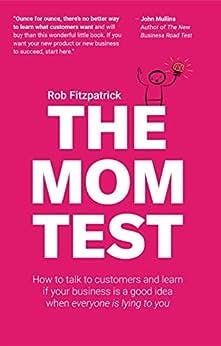
The Mom Test: How to talk to customers & learn if your business is a good idea when everyone is lying to you
Product information
9.95€
Reviews
4.7 out of 5 stars
4. Turning Competitors' Weaknesses into Your Winning Strategy
In a competitive market, Rob's insights reveal that success doesn't come from outspending big rivals, but from intelligent strategies like offering more than 80% of a product at half the cost. Along with a more user-friendly and less expensive product, this approach can attract early adopters. Capitalizing on larger competitors' weaknesses, such as their cumbersome sales process and outdated user experience, you can create opportunities for yourself. By using a nimble design approach, transparent pricing, and a low-touch sales process, you can appeal to customers frustrated with established companies, transforming those competitors' weaknesses into your advantages.
Price Competing on price is tricky, but you can get traction if you offer more than 80% of the product for half the cost.
5. Don't translate or white-label your product
Translating a product into other languages entails more than just translating the app itself; it requires adapting marketing, support, and social media for different linguistic audiences, often a complex and unworthy investment. White labeling, the practice of licensing your product to another company to rebrand as its own, often appears as an attractive opportunity. However, most of these proposals come from those without the means to create or distribute their own product, leading to wasted time in negotiations and contract development with little or no return.
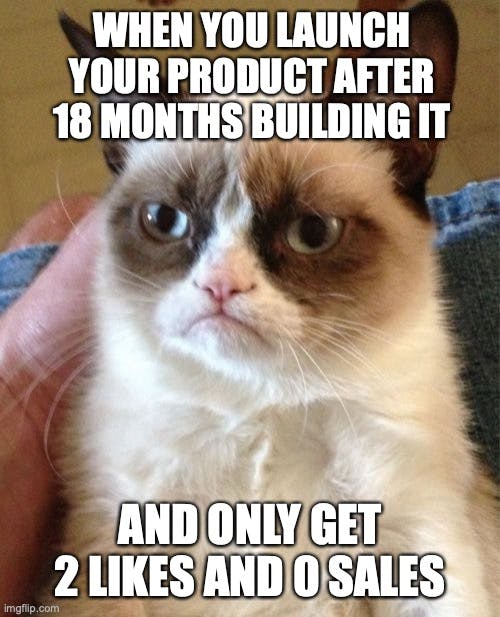
6. Mastering Pricing Strategy: Balancing Value and Growth
I've learned the hard way that pricing a product can be a challenging task, and like many founders, I've made the mistake of setting prices too low or spending too much time on confusing tiers. Rob recommends understanding the customer's mindset and the value they derive from the product. For consumer-oriented products, a $10 to $15 monthly charge is common, but at that price point, you'll be dealing with high churn and won't have much budget to acquire customers. If you aim for an Average Revenue Per Account (ARPA) of $50 a month or more, you can expect less churn. In niche markets or where a demo is required or sales cycles are longer, aim even higher, at $250 a month and up. By carefully segmenting customers by size and usage and aligning pricing tiers accordingly, you start to see how your pricing structure works to offer the most value to customers while driving growth for your business. As Rob wisely states:
"If no one's complaining about your price, you're probably priced too low."
7. Why you should ask for Credit Cards during trials
Rob advises that asking for a credit card during trials can filter out less interested users and reduce the noise from those who aren't core customers. While removing the requirement might increase trials tenfold, it can also multiply support burden and make it harder to focus on the right features. Taking this advice to heart, I've chosen to require a credit card for trials on my SaaS, Backlinkgpt.com, to ensure quality over quantity.
8. The Single Founder vs. Co-founder Dilemma
Rob's insights from the 2022 State of Independent SaaS Report reveal that 56% of respondents were single founders, a substantial presence in the most successful companies. He emphasizes that you don't necessarily need a co-founder, pointing out that no other stakeholder will own as much equity as a co-founder would if you split it 50/50. If considering a partnership, the best combinations often involve developer founders pairing with marketing/sales or subject-matter experts. The key question to ask is: "Will joining forces with this person make the company more valuable?" If you're on the fence about the value, Rob suggests looking elsewhere.
9. The only two metrics: MRR and month-over-month growth rate
Rob emphasizes the vital importance of monitoring Monthly Recurring Revenue (MRR) and month-over-month growth rate, as they signal the business's direction and speed.
Churn, or the rate of subscription cancellations, is another crucial metric, acting as a red flag for underlying issues. High churn might mean your product is off-target or you're attracting the wrong customers, indicating a need to refine product-market fit.
Here's a quick guide to interpret churn:
- Gross churn > 10% = Major problem
- 8–10% = Bad
- 2–3% = Good
- < 2% = Great
High churn, particularly above 10%, might necessitate a strategic overhaul. Segmenting churn by pricing or marketing can help you understand it better. In massive markets, a higher churn might be tolerable, but generally, aim for under 3% per month.
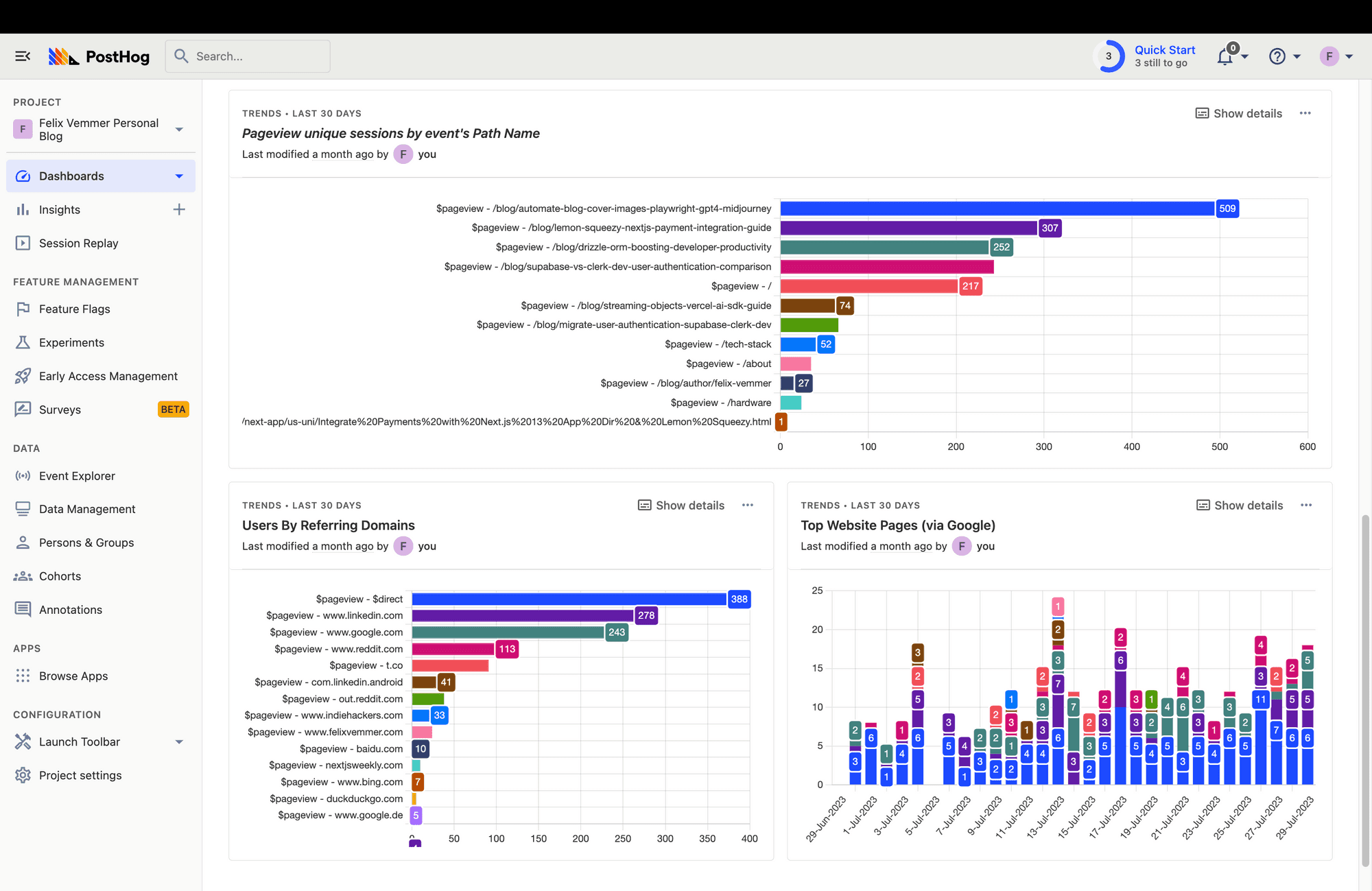
Unlocking the Power of Data: How PostHog Became My Go-To Analytics Tool for SaaS Success
Discover the power of PostHog, an all-in-one analytics tool for SaaS
10. Navigating the Double-Edged Sword of Fundraising: Balancing Opportunity and Risk
Rob Walling emphasizes the challenges and risks of fundraising for startups. He stresses that money in business can save years but warns against raising funds before reaching product-market fit, as it may exacerbate existing problems. A complex cap table can lead to issues in funding, and even with limited rights, investors add complexity, requiring reporting and signatures.

From my perspective, as reflected in coverage by platforms like Gründerszene, the excitement around fundraising often overshadows these critical factors. While not the biggest fan of the hype around large fundraising, I recognize the potential advantages it offers. However, I agree with Rob that if product-market fit is not established, raising funds may lead to more problems rather than solutions. This careful balance between risk and opportunity must be considered when looking to accelerate growth.
I want to thank Rob Walling for his profound insights in "The SaaS Playbook." His practical wisdom has not only shaped my approach to SaaS but also offers invaluable guidance for anyone in the industry. The lessons detailed in this book are sure to fuel success for both newcomers and seasoned entrepreneurs.
Happy reading!